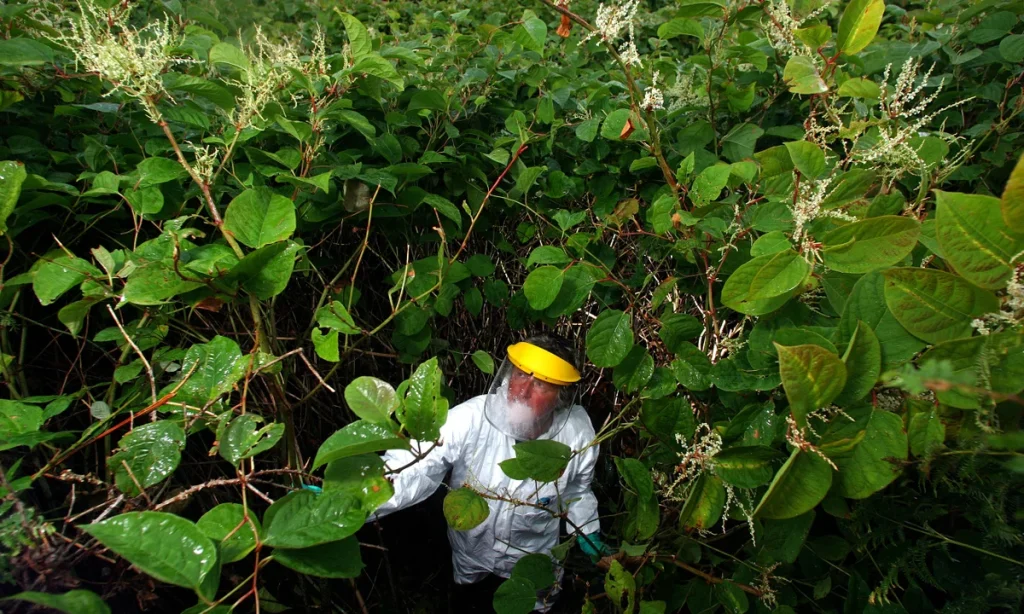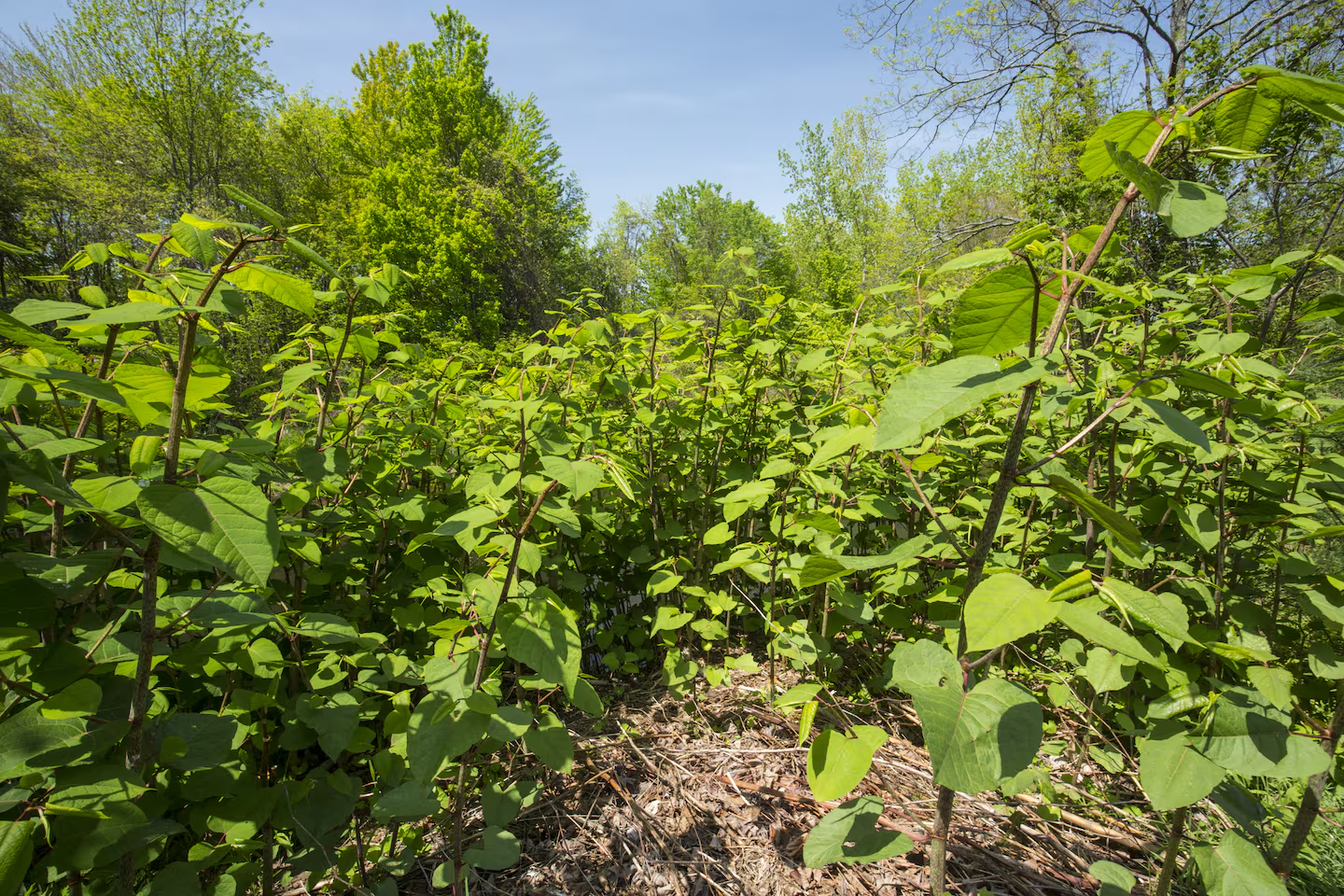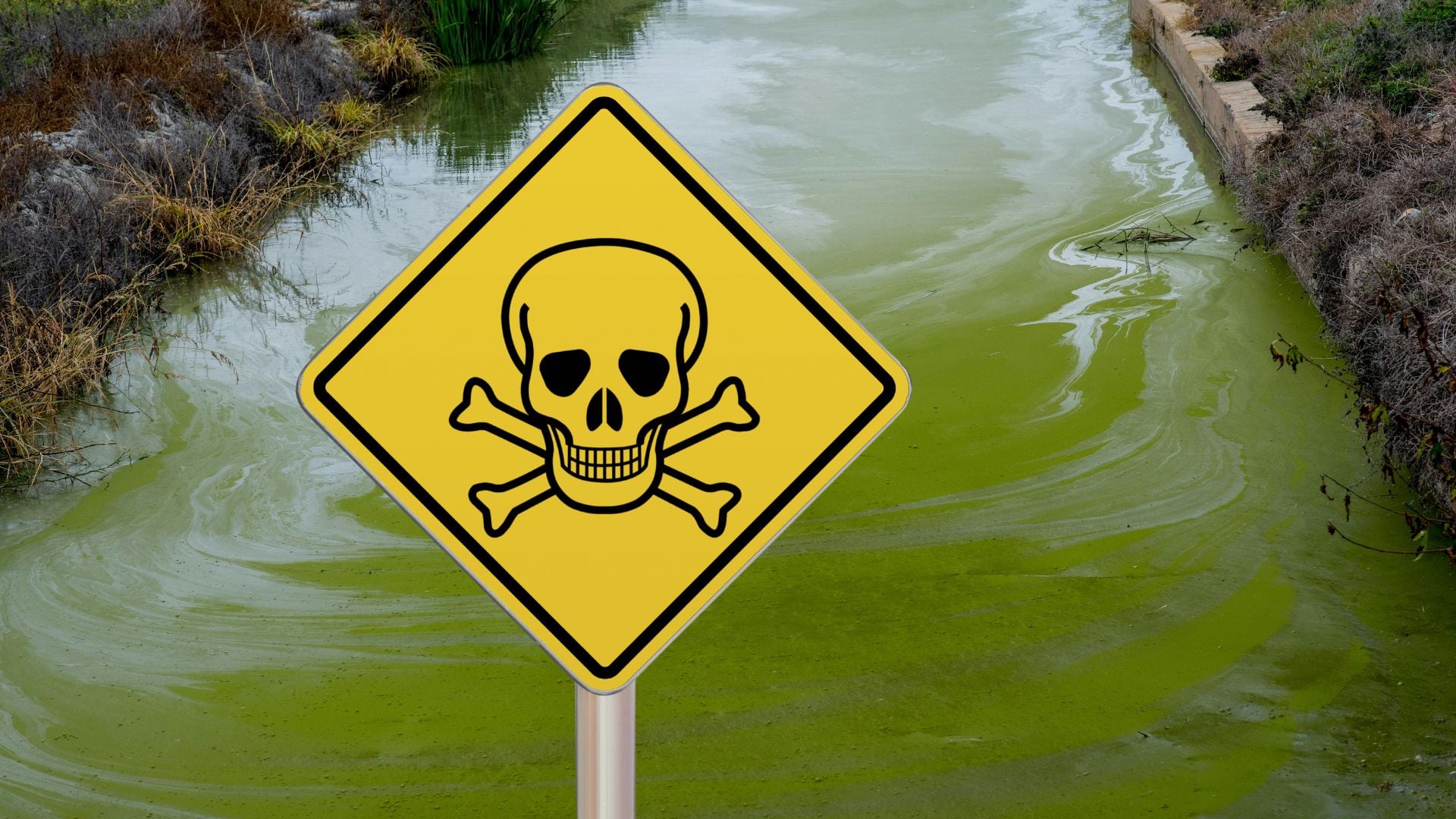Japanese knotweed is a highly invasive plant species causing significant problems for homeowners and local ecosystems. Its aggressive growth and resilience make it difficult to control, posing a threat to property values and biodiversity.
Identifying Japanese Knotweed
Japanese knotweed has distinctive heart-shaped leaves and hollow, bamboo-like stems. It typically grows in dense clusters and can reach heights of up to 10 feet. The plant is most recognizable during late summer when it produces small, cream-colored flowers.
Why Is It a Problem?

- Damage to Infrastructure: The plant’s roots can penetrate concrete, foundations, and drainage systems.
- Environmental Impact: It outcompetes native plants, reducing biodiversity.
- Legal Issues: Some regions have strict regulations regarding the control and disposal of Japanese knotweed.
How to Manage and Prevent Spread
- Physical Removal: Digging up the plant and its extensive root system.
- Chemical Treatments: Applying herbicides to control growth.
- Professional Help: Hiring experts for large infestations.
Conclusion
Japanese knotweed is a formidable adversary for homeowners and environmentalists alike. Early identification and prompt action are essential to mitigate its impact.








